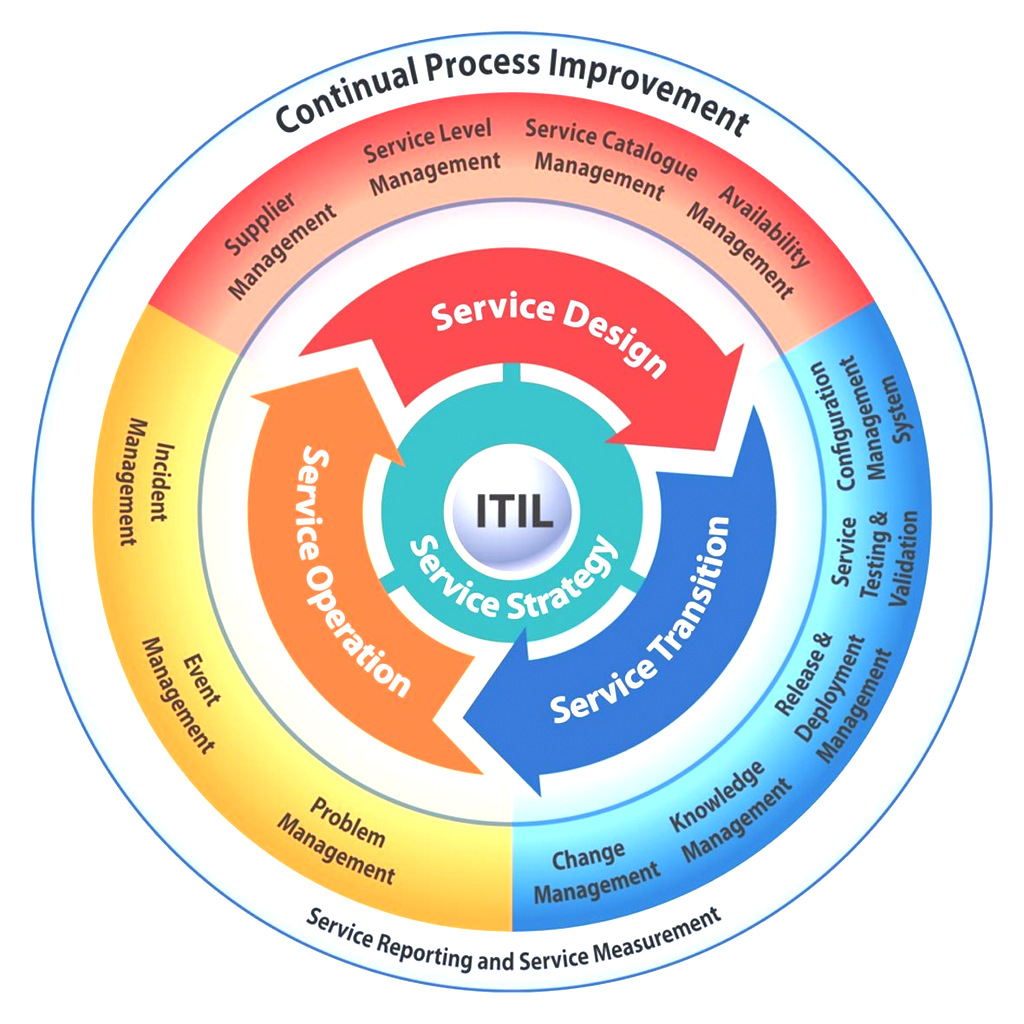


Unless the service provider, whether an internal IT department or an external partner, has understood their customer's requirements, it's unlikely that real value is delivered. When evaluating whether a service is valuable, it's the customer's perception of value that counts. In ITIL, success is measured in terms of customer outcomes. The concept of the "service lifecycle" was introduced to explain how various processes are interlinked and could be aligned for the successful delivery of services. The next release of ITIL, published in 2007 and updated in 2011, delivered a more holistic framework, with greater focus on previously overlooked aspects of ITSM. Less focus (if any) was given to the "soft" parts of ITIL and ITSM, which were often perceived as optional. Much of the content within the two main ITIL v2 publications, Service Support and Service Delivery, was adopted by organizations, but in many cases, the balance fell heavily on the side of processes and procedures. Within this movement, the ITIL framework-which had up to that point been primarily used for IT operations management-became the de facto guidance for achieving IT and business alignment. ITSM quickly became the common language for outsourcing companies and business leaders to identify and achieve their shared goals. "Organizations are starting to realize the importance of understanding what's inside the "black box" of IT."ĭiscussions about servers, switches, licenses, and such make little sense to most, and supported by familiarity with the application service provider (ASP) model, the peak of IT outsourcing has arrived. The details of what IT delivers and whether it's worth the investment are keeping many a business leader awake at night. Organizations are starting to realize the importance of understanding what's inside the "black box" of IT. This is a good thing, because the burst bubble has put a lot of focus on cost reduction, and with Sarbanes-Oxley (SOX) compliance due to become a mandatory requirement for many organizations-taking audit-led effort to completely new levels-the challenges IT face are manifold. Hardware is getting more affordable and data centers have become a mainstream solution to support the increasing role of IT in business operations. IT is struggling, and confidence in IT is declining fast.įrom a technological perspective, there are no auto-scaling, automation-ready, audit-friendly AWS- or Azure-based solutions available. With the millennium bug behind us-although it was a lot less troublesome than we feared-the awareness of the potential impact of fragile IT solutions on the rest of the organization is very much in the spotlight.

In other news, the human genome sequence has just been released. Desktop applications are the primary medium for users to interact with IT solutions. We're at the turn of the century, with no Facebook, no Twitter, and no iPhones. Let's take a step back-about 15 years or so. Earlier approaches such as IT Service Management (ITSM) and ITIL have been addressing these areas for decades-and they're more relevant than ever in the current context of DevOps, Lean, and agile. But DevOps isn't the first movement to tackle these issues. Its philosophy brings important concepts like collaboration and transparency into the spotlight. The DevOps movement has done the IT industry a great favor.


 0 kommentar(er)
0 kommentar(er)
